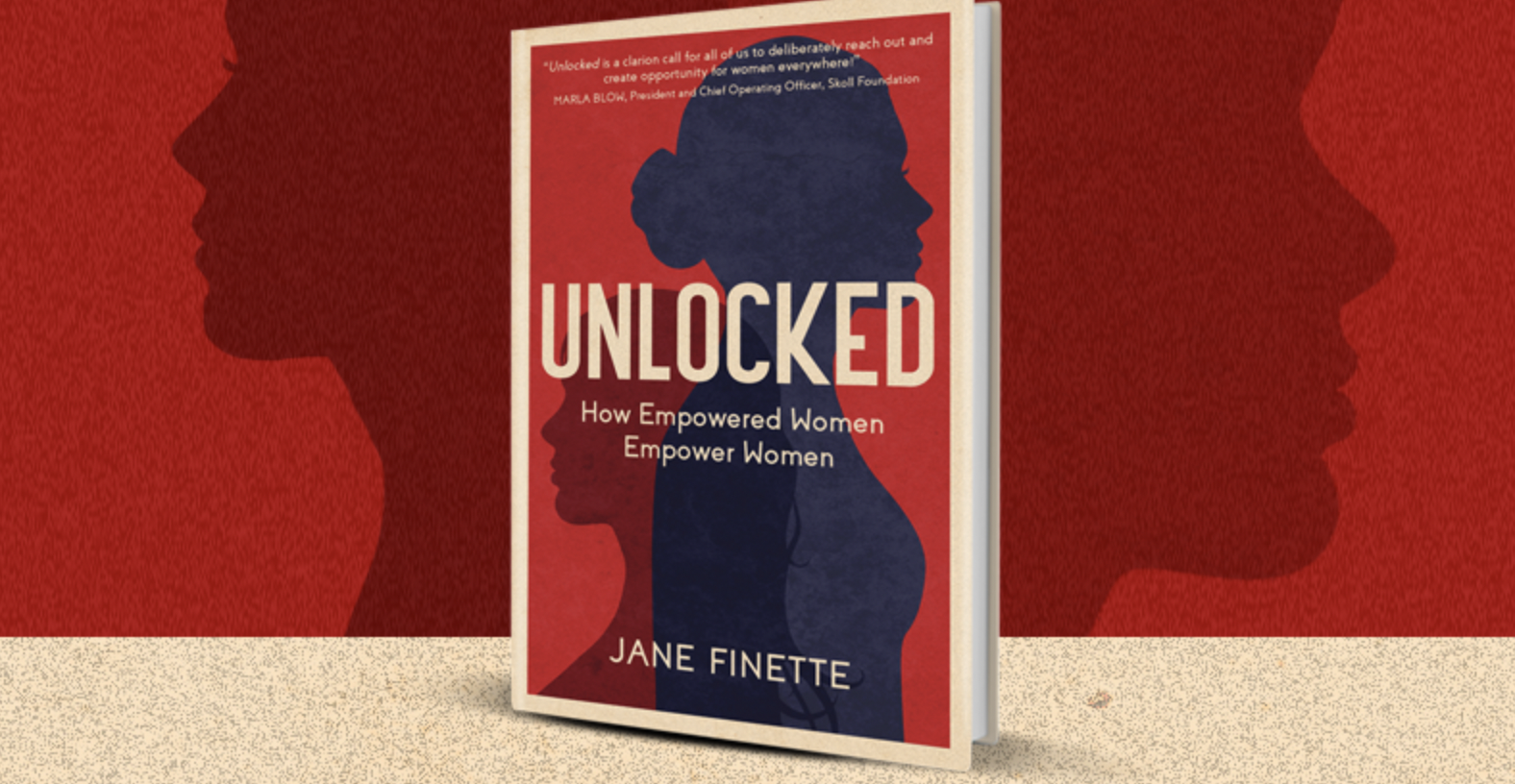Our societal and personal narratives on our aging are at odds. Are we bored or content, selfish or stewards, irrelevant or essential? The societal message is that midlife represents the start of a death march full of disease, decrepitude, and desolation. But, as these graphs show, the reality is a different story (except in Russia, […]
Continue readingRestoring Wholeness through Mindfulness

From fragmentation to wholeness
As we have seen from parts one and two of this series, trauma fragments a leader’s ability to thrive relationally, cognitively and emotionally. The new science of trauma has consistently shown that when unresolved trauma is present, logic and reason become hijacked, creativity and innovation are thwarted, emotional intelligence is inhibited, and relationships become a source of threat. In order for leaders to move beyond fragmentation and flourish in their work and relationships, they must pursue rhythms of wholeness.
Wholeness — the opposite of fragmentation — is the process of an individual embracing his or her full capacity as a leader by having the courage to no longer disown the painful parts of his or her stories, but face them with courage and compassion. In order to accomplish this, an individual must pursue a practice of mindfulness. Kabat- Zinn defines mindfulness as “awareness that arises through paying attention, on purpose, in the present moment, nonjudgmentally.”
The Benefits of Mindfulness
Mindfulness is essential in restoring emotional wholeness where trauma has created fragmentation. Research has consistently shown that a consistent mindful practice enhances nearly every facet of human performance, communication and overall well-being. For instance, mindfulness reduces stress, emotional outbursts, depression and anxiety, and trauma symptoms. In addition, mindfulness can increase focus, cognitive flexibility, relationship satisfaction, immune functioning and wellbeing, and bodily satisfaction.
Correlated to brain function and structure, Sara Lazar, a neuroscientist at Massachusetts General Hospital and Harvard Medical School, found brain volume increasing in multiple regions of the brain after an eight-week mindfulness program. For example, mindfulness increased brain structures correlated with learning, cognition, memory, emotional regulation, and empathy and compassion. Lazar’s research even found a reduction within the amygdala — the portion of the brain that initiates fight, flight or freeze responses.
As seen, mindfulness isn’t just helpful for healing trauma and boosting cognition, it is essential to becoming a whole and healthy leader. In pursuing wholeness, there are three main mindful rhythms that every leader should practice.
Becoming the Mindful Leader
First, leaders should listen to their body by paying attention to it. Research by Harvard professor Gerald Zaltman showed that 95 percent of all cognition — all thinking that drives our decisions and behavior — is subconscious. Therefore, it is important to slow down and listen to one’s body in order to gain awareness of subconscious patterns, thoughts and feelings. One cannot change what one does not know and, therefore, self-awareness is the first step to creating powerful change. One of the most helpful questions a leader can ask during the day is, “What is my body telling me right now?” They should then take three deep breaths and turn their focus inward. Next, they should simply wait 15 to 30 seconds to see what they notice when they’ve slowed down — such as being hungry, tired, lonely, tense or angry.
Second, leaders should become curious about their emotions on purpose and with intention. Contrary to what many believe, there are no bad emotions, only uncomfortable ones. When a leader chooses to name what he or she feels and becomes curious about it, that emotion will oftentimes subside and wash through rather than getting stuck and building. When emotions are avoided, they often increase rather than decrease in intensity. A simple practice: Take 30 seconds to notice what emotion you are feeling. Next, try to put a name to it (e.g., sadness, fear, loneliness, joy, etc.). After this, notice where this emotion is stored in your body. Lastly, find someone to share this feeling with.
Finally, leaders should focus on their five senses in the present moment. As a practice, go on a walk or sit comfortably in a chair and take 30 seconds to notice what you hear (e.g., the wind blowing through the trees, dogs barking in the distance, the air conditioning turning on, etc.). Try to attune only to that one sense and take in as much as you can. Once you have done this, continue the process with all the other senses (smell, taste, touch/feel, and sight). As you sit with each sense for 30 seconds and pay attention in the present moment, notice if your body becomes relaxed or tense, and if you feel calm or agitated afterward.
If leaders chose to avoid the painful parts of their stories, they will only become more fragmented, thus losing their ability to connect with themselves, others and their work. Alternatively, if leaders chose to pursue wholeness through mindfulness, they can become the kind of leaders who change the world for the better.
Originally published in ‘InBusiness Magazine’




















